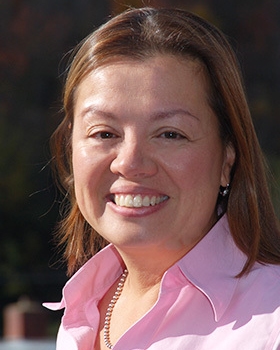Outstanding Clean Energy Programs from States and Municipalities – What’s Working and Why
Last week at a ceremony in Annapolis, Maryland, the Clean Energy States Alliance (CESA), a nonprofit coalition of public agencies working together to advance clean energy, announced eight recipients of the 2014 State Leadership in Clean Energy awards. These awards recognize outstanding state and municipal programs that have accelerated the adoption of clean energy technologies and strengthened clean energy markets.
State and municipal clean energy agencies from across the country nominated programs for these awards. The entries were reviewed by an independent panel of distinguished judges: Steve Lindenberg (Senior Advisor for Renewable Power at the US Department of Energy), Andrea Luecke (President and Executive Director of the Solar Foundation), former Colorado Governor Bill Ritter (Director of the Center for a New Energy Economy), Larry Sherwood (Vice President and COO of the Interstate Renewable Energy Council), and Robert Thresher (Research Fellow at the National Renewable Energy Laboratory). Programs were scored based on public benefits and results, cost effectiveness, leadership and innovation, and replicability. The winning programs exemplify the ground-breaking work being done by states and municipalities in the arena of clean energy development and deployment.
The energy landscape is changing across America, revealing a new reality that is cleaner, more secure, and more sustainable. Solar panels and wind turbines are now common sights in all regions of the country, and state policies and programs have been primary drivers to get those projects deployed. State clean energy agencies are developing effective strategies to advance emerging clean energy technologies and new finance tools. Among other things, they are supporting innovative projects to get power from food waste; they are looking to distributed energy solutions like combined heat and power (CHP) systems, microgrids, and energy storage to add resiliency and security to the electric power system; they are creating financial products so that clean energy loans can be bundled into financial offerings attractive to investors; they are helping isolated communities power themselves almost exclusively by renewable energy sources; and they are developing the workforce needed by the growing clean energy industry.
Why are these programs working? What are key elements of their success?
The answer seems to be that the public agencies behind the programs are committed to identifying the many different barriers to clean energy deployment and then developing strategies for overcoming each of those barriers. They are ready and willing to deal with risks as they refine their programs and develop better models for getting clean energy technologies into the market. The program managers and administrators understand that sharing lessons-learned, as well as examples of success and failure, serves both early adopters of these technologies and future users.
The State Leadership in Clean Energy awards, a biennial event, is an opportunity to take notice of these exemplary programs and results. The 2014 recipients are diverse geographically and in the size of their programs. But the two things they all have in common are their commitment to clean energy and their ability to get things done.
The 2014 awards were given to the following:
- The Alaska Energy Authority and the Kodiak Electric Association for Kodiak, Alaska: A 99% Renewable Energy Community
- The Connecticut Department of Energy and Environmental Protection for the Connecticut Microgrid Program
- The Connecticut Green Bank for the Commercial Property Assessed Clean Energy (C-PACE) program
- The Energy Trust of Oregon for the City of Gresham Wastewater Treatment Plant
- The Massachusetts Clean Energy Center for the Massachusetts Clean Energy Internship Program
- The New Mexico Energy Conservation and Management Division for the NM Renewable Energy Production Tax Credit
- The New York State Energy Research and Development Authority (NYSERDA) for its CHP Acceleration Program
- The Sacramento Municipal Utility District for SMUD’s Community Renewable Energy Deployment Program
CESA has published a collection of case studies on the winning programs, and will feature these programs in this blog in the coming weeks. The programs are excellent examples of what’s working today as well as outstanding models for future success in clean energy deployment. We could not be more pleased to promote these important, transformational programs and projects.
For more information: 2014 State Leadership in Clean Energy awards.
Published On
November 24, 2014

